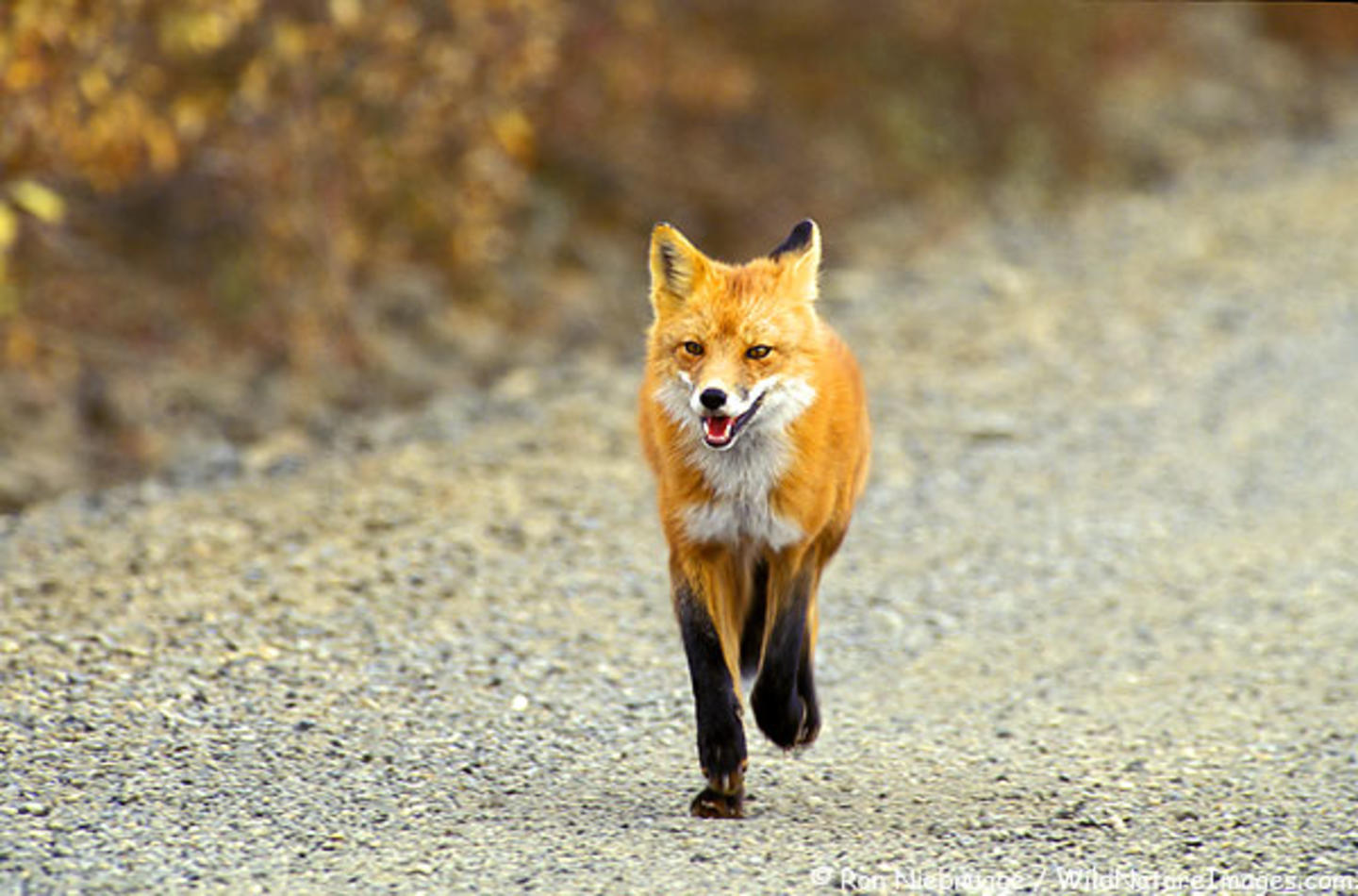Vehicles are a big threat to wildlife populations and biodiversity. Collisions can also cause serious accidents to cars and drivers. Through the National Wildlife Observation Network, citizens can record any sightings of sick or injured wild animals they spot on their journey via their mobile phones or tablets. The incidents are uploaded into a database which is used to track the causes and injuries of wildlife. The data can also be used to determine better accident prevention policies in the long term.
"The National Wildlife Observation Network is a pilot project that we would like to be the basis for something bigger, which could work as leverage for policymaking on biodiversity in Greece," says Aleka Meliadou, manager and scientific coordinator of the project.
The initiative is run by the Association for the Protection and Welfare of Wildlife, ‘Anima’, and has received a grant of almost €50 000 from Iceland, Liechtenstein and Norway through the Greek NGO Programme.
In 2014 alone, Anima treated 3 600 injured animals, of which over 1 230 were injured in accidents, mainly occurring on the roads. Turtles, hedgehogs, foxes, martens and badgers are just some of the animals killed on the roads, mainly due to a lack of awareness on the part of the driver.
"Insufficient animal crossing signs are a major cause of accidents. For example, even though Schinias wetland in Attica – part of the EU designated Natura 2000 conservation network – is a habitat for many species, there are no warning signs," explains Ms Meliadou.
Accidents are also caused by the construction of major roads, which often cut across wild mammal habitats with no provision for any wildlife crossings.
Sharing experience from Norway
Earlier this year, Ms Meliadou and Niki Kardakari, a member of Anima’s scientific board, visited Trondheim in Norway to meet with representatives from the Norwegian Biodiversity Information Centre – a national agency that runs Norway’s ‘Species Observation reporting system’. Launched in 2008, this is a service that is open to both professionals and amateurs to report species sightings.
The driving force behind the initiative is the unique collective effort between NGOs, government agencies and volunteers across the country. The system has 10 000 certified users and around 14 million recordings introduced via an online portal. This makes the database the third largest of its kind in the world that shares freely. This data makes a valuable contribution to the overall understanding of Norway’s biodiversity and is used by a range of public institutions for both research and management purposes.
The ideas and experience shared during the visit will provide valuable inspiration during the development of the project.
“Difficulties were also encountered in Norway. The scientific world was reluctant to share its knowledge. But today, 10 years later, the system has now been fully accepted nationwide. This shows us that there are problems everywhere which can be overcome with planning, perseverance and consistency,” concluded Ms Meliadou.
